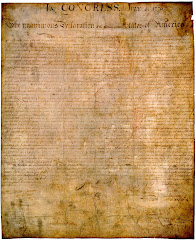Authorized Version (with references & notes)
 In The New Pearl Harbor: Disturbing Questions about the Bush Administration and 9/11 (2004), I summarized dozens of facts and reports that cast doubt on the official story about 9/11. Then in The 9/11 Commission Report: Omissions and Distortions (2005a), I discussed the way these various facts and reports were treated by the 9/11 Commission, namely, by distorting or simply omitting them. I have also taken this big-picture approach, with its cumulative argument, in my previous essays and lectures on 9/11 (Griffin, 2005b and 2005d).[1] This approach, which shows every aspect of the official story to be problematic, provides the most effective challenge to the official story.
In The New Pearl Harbor: Disturbing Questions about the Bush Administration and 9/11 (2004), I summarized dozens of facts and reports that cast doubt on the official story about 9/11. Then in The 9/11 Commission Report: Omissions and Distortions (2005a), I discussed the way these various facts and reports were treated by the 9/11 Commission, namely, by distorting or simply omitting them. I have also taken this big-picture approach, with its cumulative argument, in my previous essays and lectures on 9/11 (Griffin, 2005b and 2005d).[1] This approach, which shows every aspect of the official story to be problematic, provides the most effective challenge to the official story. But this way of presenting the evidence has one great limitation, especially when used in lectures and essays: It means that the treatment of every particular issue must be quite brief, hence superficial. People can thereby be led to suspect that a more thorough treatment of any particular issue might show the official story to be plausible after all.
In the present essay, I focus on one question: why the Twin Towers and building 7 of the World Trade Center collapsed.
More...






